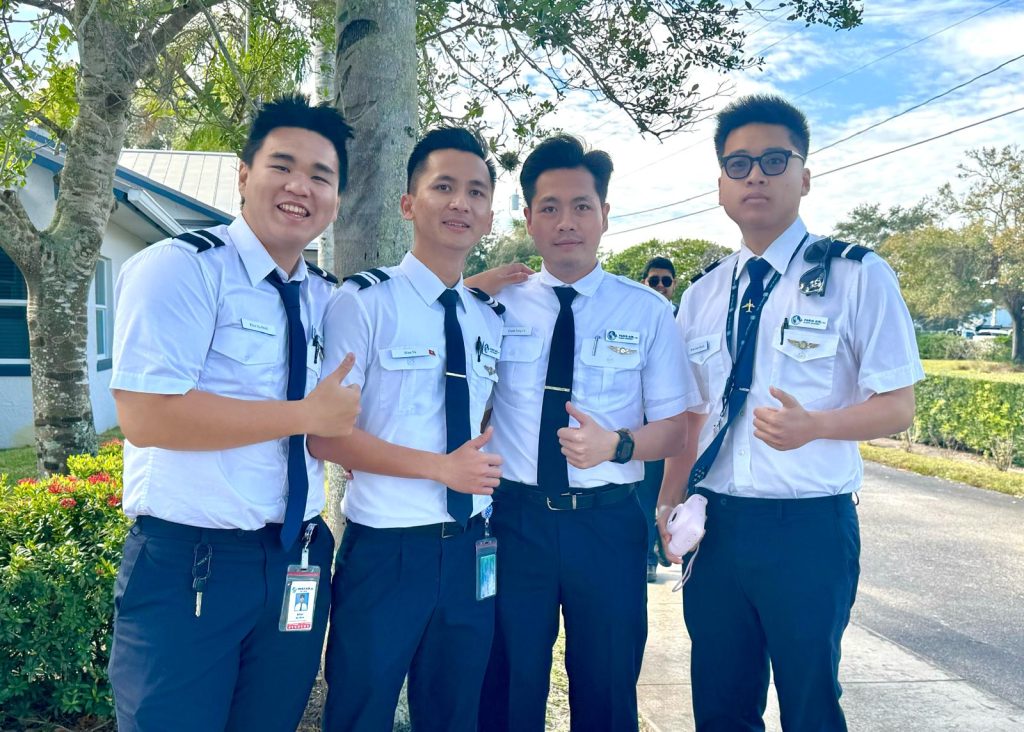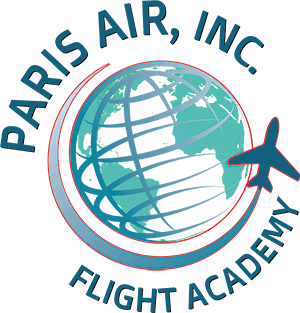The aviation industry is evolving rapidly, and pilot training is at the forefront of this transformation. With advancements in technology, a growing focus on sustainability, and the increasing demand for skilled pilots, flight schools are embracing new methods and tools to prepare the next generation of aviators. Here’s a look at the top trends shaping pilot training in 2025 and how they’re making an impact.
1. Increased Use of Virtual Reality (VR) and Augmented Reality (AR) in Training
Virtual reality (VR) and augmented reality (AR) are revolutionizing pilot training by creating immersive, hands-on learning environments. These technologies allow students to practice critical maneuvers, emergency scenarios, and cockpit procedures in a highly realistic virtual setting.
For example, VR simulators provide a 360-degree view of the cockpit, enabling students to interact with controls as if they were in a real airplane. AR overlays enhance classroom learning by projecting flight instruments or navigation data onto physical models. This combination of VR and AR reduces training costs, increases safety, and helps students retain knowledge more effectively.
2. Focus on Sustainable Aviation Practices
Sustainability is a major priority in the aviation industry, and flight schools are adapting to this shift. The introduction of electric and hybrid aircraft into training fleets is a significant step toward reducing carbon emissions. These aircraft offer quieter operations, lower fuel costs, and a smaller environmental footprint, making them ideal for student pilots.
Additionally, ground-based training tools like advanced simulators further reduce the need for fuel-intensive flight hours. By incorporating these eco-friendly options, flight academies like Paris Air are helping to train environmentally conscious pilots who are prepared for a greener future in aviation.
3. Shortened Training Paths with Accelerated Programs
The global pilot shortage has led to the development of accelerated training programs designed to fast-track students into the workforce. Modular courses and competency-based training allow students to progress at their own pace, focusing on mastering skills rather than completing a set number of flight hours.
These programs are particularly beneficial for students aiming to enter commercial aviation, where time is of the essence. By streamlining the training process, flight schools can produce qualified pilots more efficiently while maintaining high standards of safety and competence.

4. Emphasis on Mental Health and Well-being in Pilot Training
The mental demands of flying can be significant, and flight schools are increasingly prioritizing mental health and well-being in their training programs. Stress management, decision-making under pressure, and work-life balance are now integral parts of pilot education.
At Paris Air, for instance, we have a heavy focus on collaboration and community in order to help students navigate the challenges of training. By fostering a culture of mental wellness, flight schools ensure that their graduates are not only skilled pilots but also resilient and capable professionals.
5. Globalization of Flight Training
Advancements in technology have made it easier for students from around the world to access high-quality flight training. Online learning platforms, virtual simulators, and remote coaching sessions allow international students to prepare for in-person training before arriving at flight academies like Paris Air.
This global approach benefits both students and schools by creating a diverse learning environment. It also helps flight schools accommodate the growing demand for pilot training from regions experiencing rapid aviation growth, such as Asia and the Middle East.
6. Advanced Simulators and Cloud-Based Training Systems
Flight simulators have long been a cornerstone of pilot training, but recent advancements are taking this technology to new heights. Modern simulators now incorporate features like cloud-based systems, which enable students and instructors to access training data in real time from anywhere in the world.
These systems provide detailed performance metrics, video playback, and progress tracking, allowing for more effective training sessions. Additionally, cloud-based platforms facilitate remote learning, making it easier for students to practice and review their skills outside the classroom.
7. New FAA Regulations and Their Impact on Training
The Federal Aviation Administration (FAA) continues to update regulations to enhance safety and efficiency in aviation. In 2025, several new rules are expected to impact pilot training, including changes to certification requirements, simulator standards, and operational procedures.
Flight schools like Paris Air are staying ahead of these changes by adapting their programs to meet the latest regulatory standards. This proactive approach ensures that students graduate with the knowledge and credentials needed to thrive in a dynamic industry.
Pilot training in 2025 is defined by innovation, sustainability, and adaptability. From cutting-edge technologies like VR and AI to a renewed focus on mental health and global accessibility, these trends are shaping the future of aviation. By embracing these advancements, Paris Air Flight Academy is not only preparing its students for successful careers but also contributing to the evolution of the industry as a whole.
Looking to stay up to date on all the aviation trends? Subscribe to our monthly newsletter.
Want to book a Discovery Flight and see if Paris Air is the right fit to help you achieve your aviation dreams? Contact Us today!

